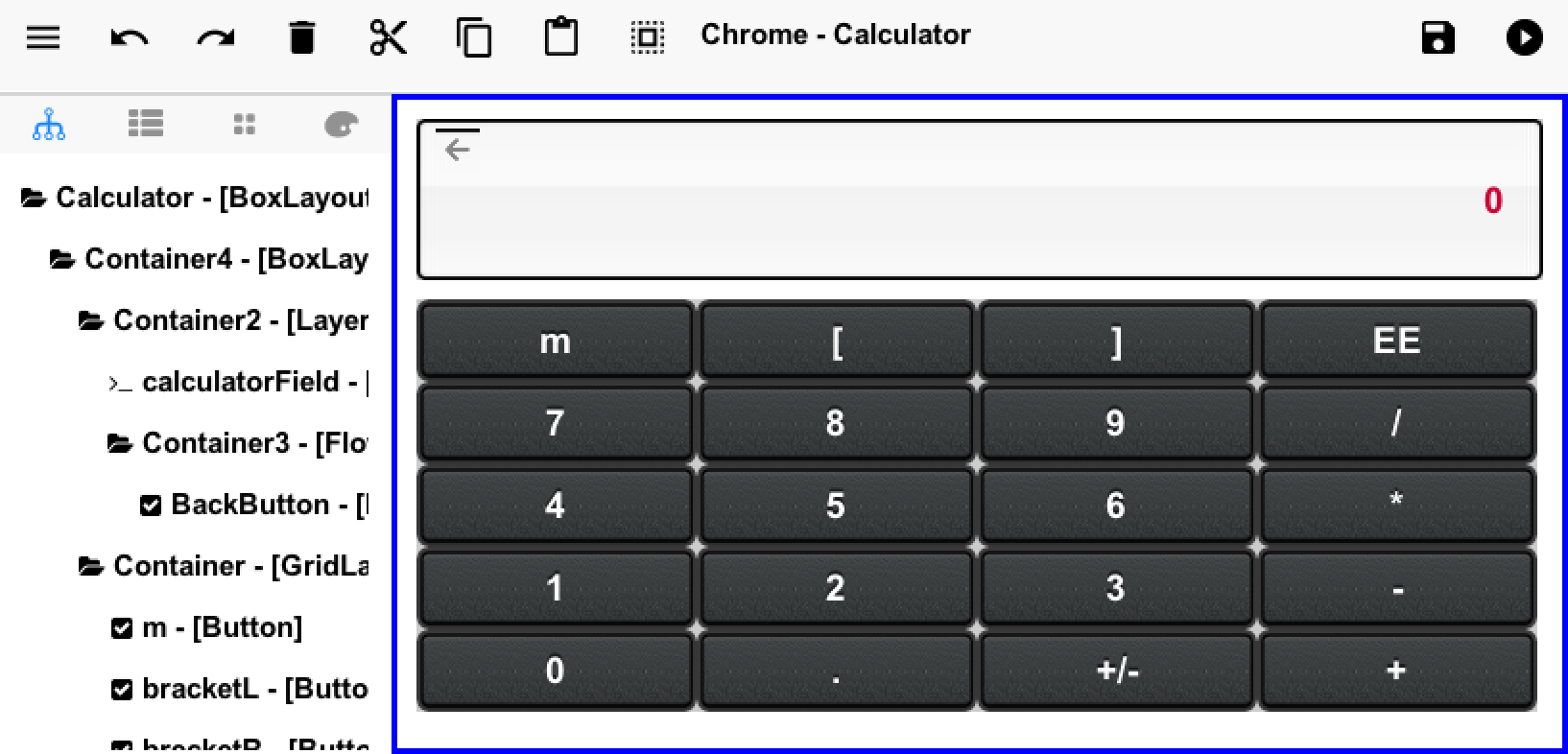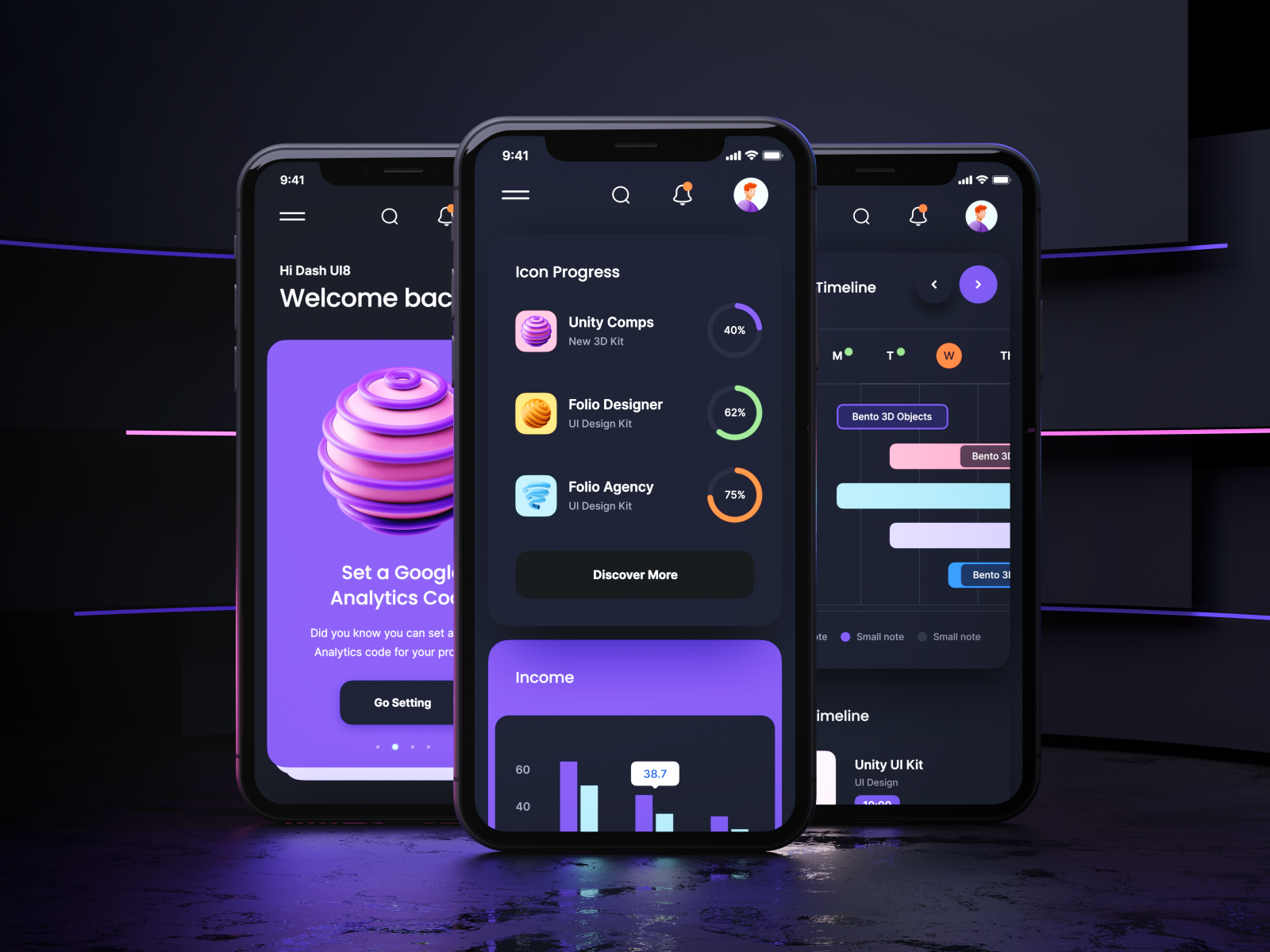
You can set the style in the markup, the CSS and programmatically. Slightly trickier set-up: From 2018 (JDK 11), JavaFX was set loose from the JDK, which has given it the boost it needed in development, but it means you’re going to need to specify some module settings to get going.Ĭode confusion: One of the potential pitfalls of JavaFX programming can be debugging the styles. That being said, most user interfaces aren’t doing computation that needs that sort of optimisation. JavaFX isn’t lightweight – between observables and polymorphism the runtime performance isn’t optimised. They’re all worth it, but before we start coding, it’s worth noting a few limitations or trade-offs that you might notice in exchange for all that flexibility you’ve gained: Massively extensible and supported by a growing community.

#Java user interface builder neon code#
Separating the design elements from the core code of an application can put developers off – at first glance, it just looks like extra files to maintain, test and deploy. With more applications moving online, users are coming to expect desktop applications to reflect the same contemporary, minimal design that has become popular on the web. Some users actually prefer that ‘standard’ look-and-feel for their applications, but that does seem to be a trend that’s less and less common. Its novel modularisation separates the functionality (Java), layout (mark-up) and design (CSS) to give you more flexibility in following design rules rather potentially outdated industry expectations.Īs with anything else, keep your market in mind when shopping around for your toolkit. If you’re looking for a modern application, JavaFX provides amazing functionality with a CSS layer that makes design easy.

Swing’s functionality is rooted in AWT, which means it has a deeper integration with operating systems, but the downside of that history is its dated look-and-feel. Both give you access to a comprehensive package of widgets, buttons and containers. There are plenty more, but as of 2020, the most popular toolkits are Swing and JavaFX.

*from 2018 (JDK 11) onwards, JavaFX is included as part of the OpenJDK as OpenJFX In this case, it’s going to be Java, and Java has a lot of them.
#Java user interface builder neon software#
Most software needs an interface, and unless you fancy designing your own rendering pipeline, you’ll want to tap into one of the pre-existing toolkits – a package of code that does all of that for you.


 0 kommentar(er)
0 kommentar(er)
